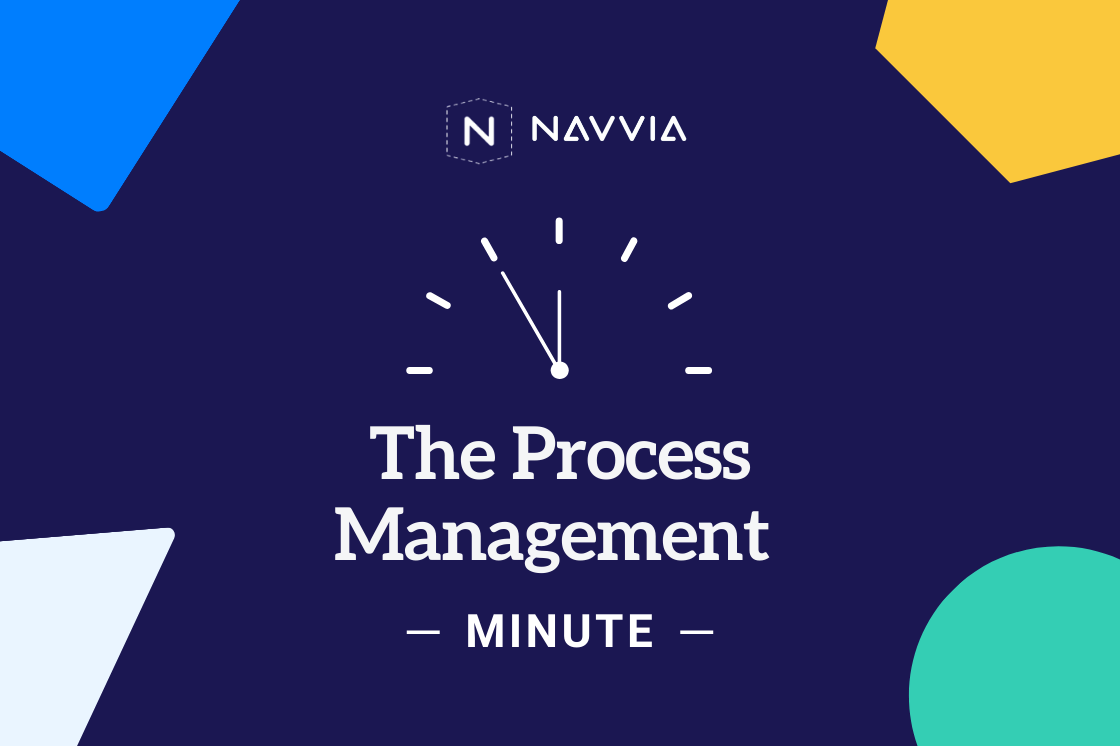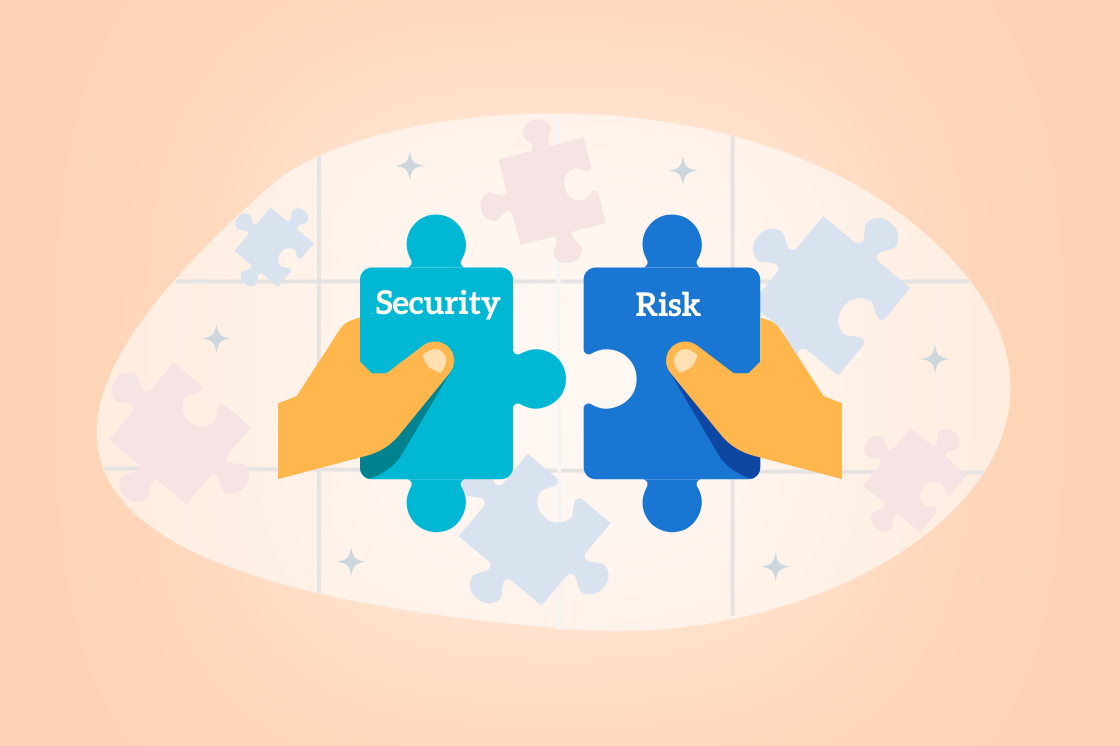What Is an Information Security Management System and Why It Matters?
An Information Security Management System (ISMS) is the foundation for your organization's IT security program. It provides best practices and guidance for all aspects of IT security, encompassing people, processes, and technology.
What is an ISMS
An ISMS is like a comprehensive guidebook for navigating the complex landscape of IT security, covering every essential aspect, including people, processes, and technology.
Just as a good guide leads travelers through uncertain terrain, an effective ISMS helps organizations safeguard their sensitive information from cyber threats and cyber attacks.
Furthermore, it fosters a culture of security within the organization, ensuring that security practices are seamlessly woven into daily operations and decision-making processes.
This proactive approach empowers employees at all levels to prioritize security and contribute to the overall protection of information assets.
Definition and Overview
An Information Security Management System (ISMS) is a comprehensive framework designed to protect an organization’s sensitive information assets from various security threats. It encompasses a set of policies, procedures, and protocols that ensure the confidentiality, integrity, and availability of data, thereby reducing the risk of a data breach. An ISMS is essential for managing information security risks, ensuring business continuity, and maintaining customer trust.
In essence, an ISMS provides a structured approach to managing IT security, helping organizations to identify potential security threats and implement effective measures to mitigate them.
By adopting an ISMS, organizations can safeguard their information assets, comply with regulatory requirements, and enhance their overall security posture.
Elements of an ISMS
An ISMS typically includes several crucial elements:- Risk Assessment and Management: Identifying and analyzing information security risks to protect the organization’s information assets effectively. Conducting risk assessments is crucial for evaluating security measures and guiding decision-making on data protection. Learn more about establishing an ITSM Risk Management Process.
- Information Security Policies: Documented guidelines that set the direction for IT security and outline the responsibilities of all staff members.
- Security Controls: Administrative, technical, and physical measures put in place to mitigate information security risks and protect information.
- Training and Awareness: Programs designed to educate employees about information security and their role in protecting sensitive data. Learn more about the Human Factors in Cyber Security.
- Monitoring and Review: Continuous monitoring of the ISMS effectiveness, including internal audits and management reviews to ensure alignment with the company's data security objectives.
- Incident Management: Procedures for responding to and recovering from information security incidents.
- Compliance: Ensuring that security practices align with relevant laws, regulations, and standards.
Common Information Security Management Systems
- ISO/IEC 27001: A widely recognized and adopted standard for establishing, implementing, maintaining, and continually improving an ISMS. It is an international standard that provides a comprehensive set of requirements for IT security management.
- ISO/IEC 27002: This is a code of practice that provides guidelines for organizational information security standards and management practices. It complements ISO/IEC 27001 by offering best practices for implementing the controls specified in that standard.
- NIST Cybersecurity Framework: Developed by the National Institute of Standards and Technology, this framework provides guidelines for organizations to manage and reduce security risk, emphasizing a risk-based approach to security.
- NIST SP 800 Series: This series includes various publications that provide detailed guidelines and best practices for IT security, risk management, and privacy within federal information systems and organizations.
- HIPAA (Health Insurance Portability and Accountability Act): For organizations in the healthcare sector, HIPAA outlines specific security standards for protecting sensitive patient information and ensuring compliance with privacy regulations.
- PCI DSS (Payment Card Industry Data Security Standard): A set of security standards designed to protect card information during and after a financial transaction. Required for organizations handling credit card transactions.
- CMMC (Cybersecurity Maturity Model Certification): Developed by the U.S. Department of Defense, CMMC is a framework that encompasses various cybersecurity standards and best practices to ensure adequate cybersecurity for defense contractors.
- SOC 2 (System and Organization Controls 2): Developed by the AICPA, SOC 2 focuses on the management of customer data based on five "trust service principles": security, availability, processing integrity, confidentiality, and privacy. It's particularly applicable to service organizations.
- GDPR (General Data Protection Regulation): While not an ISMS per se, GDPR establishes data protection and privacy requirements for individuals within the European Union and affects how organizations manage personal data.
- COBIT (Control Objectives for Information and Related Technologies): A framework for developing, implementing, monitoring, and improving IT governance and management practices, COBIT focuses on aligning IT with business goals and managing risk.
- Cloud Control Matrix (CCM): Developed by the Cloud Security Alliance, the CCM is a framework of security controls that helps organizations assess risks and ensure compliance in cloud services, covering domains such as governance, data security, and identity management.
NIST CSF - A Closer Look
The NIST Cybersecurity Framework (CSF) was introduced by the National Institute of Standards and Technology (NIST) in response to a Presidential Executive Order on Improving Critical Infrastructure Cybersecurity in 2013.
Recognizing the growing need for a standardized approach to cybersecurity, NIST developed the CSF to provide organizations, particularly those in critical infrastructure sectors, with a flexible and cost-effective pathway to enhancing their cybersecurity posture.
The framework has gained wide acceptance across various industries, including finance, healthcare, manufacturing, and government, and is recognized as a foundational tool for managing and reducing cybersecurity risk.
NIST CSF is also increasingly being mandated by regulatory bodies and government agencies. For example, the U.S. Department of Defense (DoD) requires defense contractors to use the framework as part of the Cybersecurity Maturity Model Certification (CMMC). Additionally, various state legislation has called for organizations to align their cybersecurity strategies with the CSF to improve the resilience of critical systems and data.
The CSF is composed of six core functions—Govern, Identify, Protect, Detect, Respond, and Recover—allowing organizations to establish a comprehensive security process that is both adaptive and resilient. Its modular structure makes it applicable to a wide range of organizations, regardless of size or sector, and its emphasis on alignment with business objectives has contributed to its growing adoption rate.
- Govern: This function is critical for organizations to establish a robust leadership and oversight framework for cybersecurity efforts. It involves defining roles and responsibilities, establishing policies and procedures, and ensuring compliance with applicable laws and regulations. Effective governance ensures that cybersecurity initiatives are aligned with the organization's objectives and risk tolerance, fostering accountability and continuous improvement in managing cybersecurity risks.
- Identify: This function is crucial for organizations to fully understand their cybersecurity risks. It involves identifying and managing organizational assets, understanding the cybersecurity risks to the organization, and recognizing opportunities for improvement. Effective identification lays the groundwork for subsequent security measures, enabling organizations to prioritize resources effectively.
- Protect: Once risks are identified, the Protect function focuses on implementing the necessary safeguards to minimize the potential impact of cyber events. This includes establishing access controls, conducting cybersecurity training for employees, ensuring data security practices are in place, and maintaining protective technologies. By taking proactive steps, organizations can better prepare for potential threats.
- Detect: The timely detection of cybersecurity incidents is essential for effective incident response. This function emphasizes the continuous monitoring of networks and systems to identify anomalies and vulnerabilities quickly. Organizations are encouraged to invest in advanced detection technologies and to establish processes for anomaly detection to maintain a vigilant stance against cyber threats.
- Respond: In the event of a cybersecurity incident, having a well-defined response process is crucial for containing and mitigating its impact. The Respond function includes planning for incident response, responding to incidents, conducting root cause analyses to understand the nature of the incident, stakeholder reporting and communication, preservation of evidence, and implementing improvements based on lessons learned. This proactive approach enables organizations to contain and mitigate incidents more effectively, minimizing disruption to operations.
- Recover: The final function centers on restoring capabilities and services impaired by a cybersecurity incident. This includes recovery planning, executing recovery activities, and recovery verification, along with communication with internal and external stakeholders. By focusing on recovery, organizations can enhance their overall resilience and prepare for future incidents.
The adoption of the NIST CSF is growing as organizations recognize its effectiveness in building robust cybersecurity infrastructures. Companies use the CSF not only for regulatory compliance but also as a benchmark for enhancing their risk management practices. By incorporating the CSF into their security strategies, organizations can align cybersecurity with business goals, improve resilience against evolving threats, and promote continuous improvement in their security posture.
Learn more by reading our post The Fundamentals of NIST CSF: What it is and Why Its Important.
Implementing an Information Security Management System
Implementing an ISMS is a crucial step in protecting an organization’s sensitive data and ensuring business continuity.
Here is a step-by-step guide to implementing an ISMS:
- Obtain Management Support and Define Scope: Secure commitment from top management to provide necessary resources and direction. Define the scope of the ISMS by identifying the information assets, processes, and operational areas that will be included.
- Conduct a Risk Assessment: Identify, analyze, and evaluate risks to the organization’s information assets. Assess vulnerabilities and potential threats to understand the levels of risk involved, forming the basis for subsequent security measures. Learn about The Synergy Between Information Security and Risk Management.
- Design and Develop Security Process and Procedures: Develop an IT security management process that aligns with the ISMS and includes the overall goals, objectives, roles, activities, tasks, procedures, and metrics that outline how information security will be managed across the organization. This includes determining the necessary controls and safeguards to effectively mitigate identified risks.
- Implement Security Controls and Training: Deploy the designed security processes and controls throughout the organization. Provide training and awareness programs to educate employees about their roles and responsibilities in maintaining information security.
- Monitor, Review, and Improve: Regularly monitor the effectiveness of the ISMS through performance metrics and internal audits. Conduct management reviews to assess alignment with organizational goals and continuously improve the ISMS based on findings, feedback, and changing circumstances.
By following these streamlined steps, organizations can effectively develop and implement an ISMS that safeguards their information assets and integrates security into their overall operations.
The Benefits of Using an Information Security Management System
Implementing an ISMS provides numerous benefits, including:
- Enhanced Security: A structured approach to identifying and mitigating risks helps better protect sensitive information.
- Regulatory Compliance: Meeting legal and regulatory requirements reduces the risk of penalties.
- Improved Organizational Culture: Promotes a culture of security awareness among employees, fostering vigilance.
- Operational Efficiency: Streamlined processes and defined responsibilities lead to more effective management of information security.
- Reputation Management: Strong security measures enhance customer trust and loyalty, safeguarding the organization’s reputation.
An ISMS is essential for any organization aiming to protect its information assets and maintain compliance with regulatory standards.
By implementing a robust ISMS, organizations can proactively manage risks, foster a culture of security, and ensure that their information remains secure in an ever-evolving threat landscape. Embracing an ISMS not only provides resilience against cyber threats but also positions organizations for sustainable growth in a digital age.


